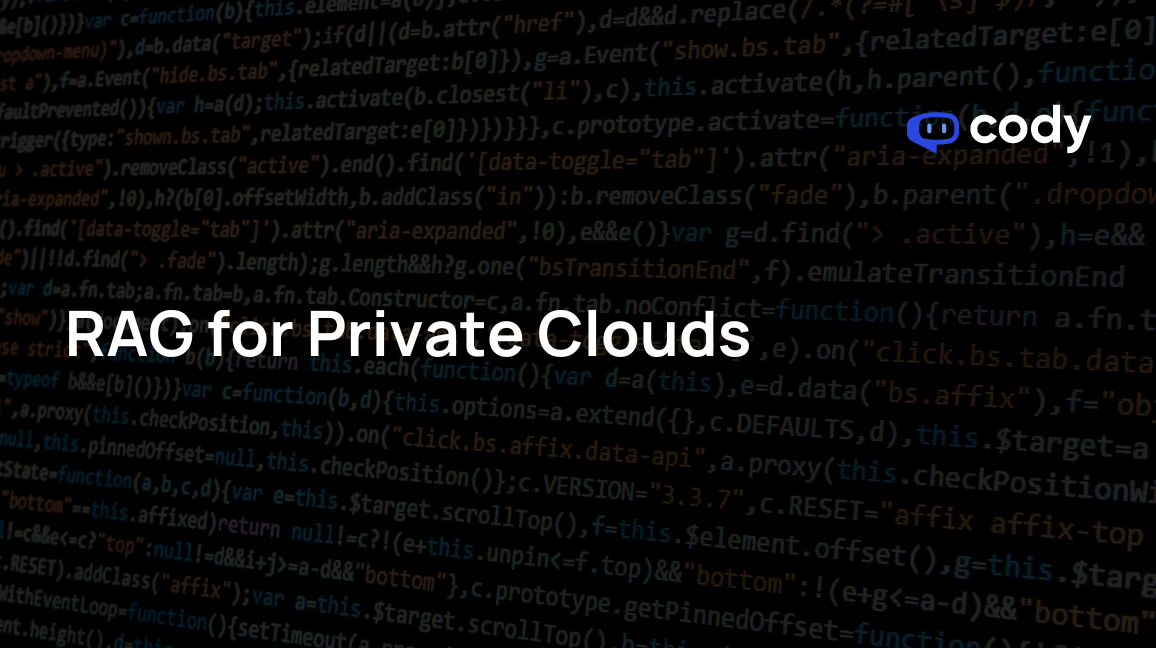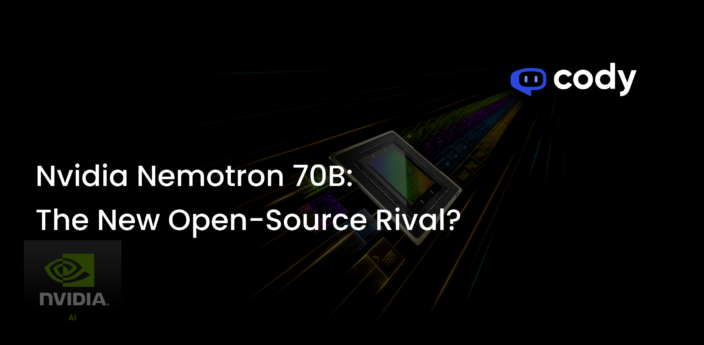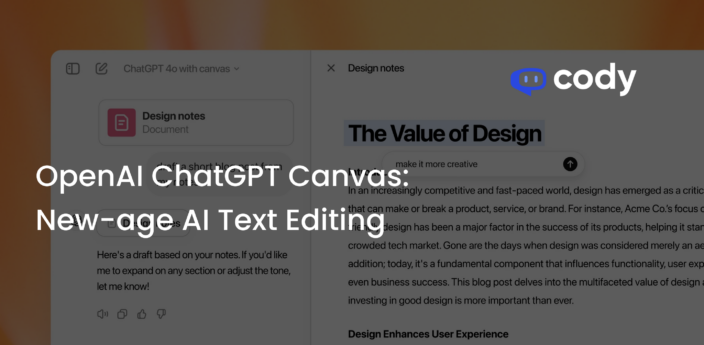
RAG for Private Clouds: How Does it Work?
Ever wondered how private clouds manage all their information and make smart decisions?
That’s where Retrieval-Augmented Generation (RAG) steps in.
It’s a super-smart tool that helps private clouds find the right info and generate useful stuff from it.
This blog is all about how RAG works its magic in private clouds, using easy tools and clever tricks to make everything smoother and better.
Dive in.
Understanding RAG: What is it?
Retrieval-Augmented Generation (RAG) is a cutting-edge technology used in natural language processing (NLP) and information retrieval systems.
It combines two fundamental processes: retrieval and generation.
- Retrieval: In RAG, the retrieval process involves fetching relevant data from various external sources such as document repositories, databases, or APIs. This external data can be diverse, encompassing information from different sources and formats.
- Generation: Once the relevant data is retrieved, the generation process involves creating or generating new content, insights, or responses based on the retrieved information. This generated content complements the existing data and aids in decision-making or providing accurate responses.
How does RAG work?
Now, let’s understand how RAG works.
Data preparation
The initial step involves converting both the documents stored in a collection and the user queries into a comparable format. This step is crucial for performing similarity searches.
Numerical representation (Embeddings)
To make documents and user queries comparable for similarity searches, they are converted into numerical representations called embeddings.
These embeddings are created using sophisticated embedding language models and essentially serve as numerical vectors representing the concepts in the text.
Vector database
The document embeddings, which are numerical representations of the text, can be stored in vector databases like Chroma or Weaviate. These databases enable efficient storage and retrieval of embeddings for similarity searches.
Similarity search
Based on the embedding generated from the user query, a similarity search is conducted in the embedding space. This search aims to identify similar text or documents from the collection based on the numerical similarity of their embeddings.
Context addition
After identifying similar text, the retrieved content (prompt + entered text) is added to the context. This augmented context, comprising both the original prompt and the relevant external data, is then fed into a Language Model (LLM).
Model output
The Language Model processes the context with relevant external data, enabling it to generate more accurate and contextually relevant outputs or responses.
Read More: What is RAG API Framework and How Does it Work?
5 Steps to Implement RAG for Private Cloud Environments
Below is a comprehensive guide on implementing RAG in private clouds:
1. Infrastructure readiness assessment
Begin by evaluating the existing private cloud infrastructure. Assess the hardware, software, and network capabilities to ensure compatibility with RAG implementation. Identify any potential constraints or requirements for seamless integration.
2. Data collection and preparation
Gather relevant data from diverse sources within your private cloud environment. This can include document repositories, databases, APIs, and other internal data sources.
Ensure that the collected data is organized, cleaned, and prepared for further processing. The data should be in a format that can be easily fed into the RAG system for retrieval and generation processes.
3. Selection of suitable embedding language models
Choose appropriate embedding language models that align with the requirements and scale of your private cloud environment. Models like BERT, GPT, or other advanced language models can be considered based on their compatibility and performance metrics.
4. Integration of embedding systems
Implement systems or frameworks capable of converting documents and user queries into numerical representations (embeddings). Ensure these embeddings accurately capture the semantic meaning and context of the text data.
Set up vector databases (e.g., Chroma, Weaviate) to store and manage these embeddings efficiently, enabling quick retrieval and similarity searches.
5. Testing and optimization
Conduct rigorous testing to validate the functionality, accuracy, and efficiency of the implemented RAG system within the private cloud environment. Test different scenarios to identify potential limitations or areas for improvement.
Optimize the system based on test results and feedback, refining algorithms, tuning parameters, or upgrading hardware/software components as needed for better performance.
6 Tools for RAG Implementation in Private Clouds
Here’s an overview of tools and frameworks essential for implementing Retrieval-Augmented Generation (RAG) within private cloud environments:
1. Embedding language models
- BERT (Bidirectional Encoder Representations from Transformers): BERT is a powerful pre-trained language model designed to understand the context of words in search queries. It can be fine-tuned for specific retrieval tasks within private cloud environments.
- GPT (Generative Pre-trained Transformer): GPT models excel in generating human-like text based on given prompts. They can be instrumental in generating responses or content in RAG systems.
2. Vector databases
- Chroma: Chroma is a vector search engine optimized for handling high-dimensional data like embeddings. It efficiently stores and retrieves embeddings, facilitating quick similarity searches.
- Weaviate: Weaviate is an open-source vector search engine suitable for managing and querying vectorized data. It offers flexibility and scalability, ideal for RAG implementations dealing with large datasets.
3. Frameworks for embedding generation
- TensorFlow: TensorFlow provides tools and resources for creating and managing machine learning models. It offers libraries for generating embeddings and integrating them into RAG systems.
- PyTorch: PyTorch is another popular deep-learning framework known for its flexibility and ease of use. It supports the creation of embedding models and their integration into RAG workflows.
4. RAG integration platforms
- Hugging face transformers: This library offers a wide range of pre-trained models, including BERT and GPT, facilitating their integration into RAG systems. It provides tools for handling embeddings and language model interactions.
- OpenAI’s GPT–3 API: OpenAI’s API provides access to GPT-3, enabling developers to utilize its powerful language generation capabilities. Integrating GPT-3 into RAG systems can enhance content generation and response accuracy.
5. Cloud Services
- AWS (Amazon Web Services) or Azure: Cloud service providers offer the infrastructure and services necessary for hosting and scaling RAG implementations. They provide resources like virtual machines, storage, and computing power tailored for machine learning applications.
- Google Cloud Platform (GCP): GCP offers a suite of tools and services for machine learning and AI, allowing for the deployment and management of RAG systems in private cloud environments.
6. Custom development tools
- Python libraries: These libraries offer essential functionalities for data manipulation, numerical computations, and machine learning model development, crucial for implementing custom RAG solutions.
- Custom APIs and Scripts: Depending on specific requirements, developing custom APIs and scripts may be necessary to fine-tune and integrate RAG components within the private cloud infrastructure.
These resources play a pivotal role in facilitating embedding generation, model integration, and efficient management of RAG systems within private cloud setups.
Now that you know the basics of RAG for private clouds, it’s time to implement it using the effective tools mentioned above.



